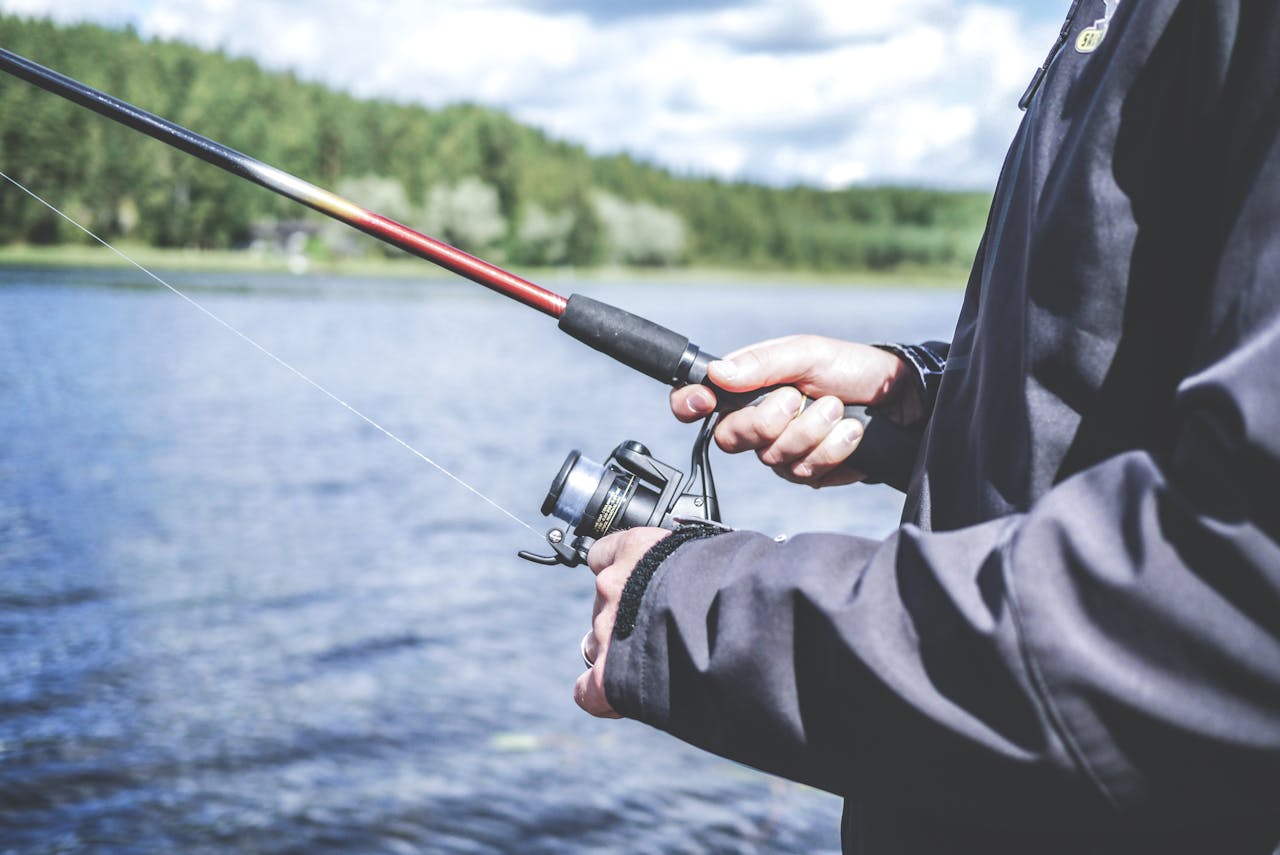Fishing Tips: Techniques for Freshwater and Saltwater Fishing
Fishing is a beloved pastime that combines relaxation with the thrill of the catch. Whether you're casting a line in a tranquil freshwater lake or braving the waves of the open ocean, understanding the techniques for each environment can significantly enhance your fishing experience. Here’s a comprehensive guide to help you master both freshwater and saltwater fishing.


Freshwater Fishing Techniques
1. Selecting the Right Gear
- Rods and Reels: Use a medium-action rod with a spinning reel for versatility. A lighter rod can be useful for smaller fish like trout and panfish, while a heavier rod works well for larger species such as bass and pike.
- Line and Hooks: A 6-12 lb monofilament line is generally sufficient. Choose hook sizes based on your target species, with smaller hooks for smaller fish and larger hooks for bigger fish.
2. Understanding Fish Behavior
- Seasonal Patterns: Fish behavior changes with the seasons. In spring and fall, fish are more active and likely to be found in shallow waters. In summer, fish tend to stay deeper where the water is cooler.
- Feeding Times: Fish are often most active during dawn and dusk. Observing these feeding times can increase your chances of a successful catch.
3. Bait and Lures
- Live Bait: Worms, minnows, and insects are effective for attracting freshwater fish. Use a bobber to keep the bait at the desired depth.
- Artificial Lures: Jigs, crankbaits, and spinners mimic the movements of prey and can entice fish to bite. Choose lures that match the local forage and conditions.
4. Casting Techniques
- Overhead Cast: This is the most common casting technique. Hold the rod at a 45-degree angle, bring it back, and then cast it forward smoothly.
- Sidearm Cast: Useful in areas with low overhangs or dense vegetation. Keep the rod parallel to the water and cast sideways to avoid snags.
5. Fishing Locations
- Structure and Cover: Fish often congregate around structures such as rocks, submerged logs, and weed beds. These areas provide cover and attract prey.
- Water Depth: Use a depth finder to locate underwater structures and drop-offs where fish may be hiding.
Saltwater Fishing Techniques
1. Selecting the Right Gear
- Rods and Reels: Use a heavy-duty rod with a robust spinning or conventional reel. Saltwater fishing requires gear that can handle larger, stronger fish and the corrosive effects of saltwater.
- Line and Hooks: A 20-50 lb braided line is ideal for most saltwater species. Use corrosion-resistant hooks and tackle.
2. Understanding Fish Behavior
- Tidal Movements: Fish activity in saltwater is heavily influenced by tides. Plan your fishing trips around high and low tides, when fish are more likely to be feeding.
- Weather Conditions: Overcast days can be productive as fish are more likely to come to the surface. Wind can also affect fishing, with offshore winds often bringing fish closer to shore.
3. Bait and Lures
- Live Bait: Shrimp, squid, and baitfish like mullet and sardines are effective for saltwater fishing. Use a rig that keeps the bait moving naturally with the currents.
- Artificial Lures: Poppers, spoons, and soft plastics are popular choices. Match the lure size and color to the local baitfish and water conditions.
4. Casting Techniques
- Long Casting: Saltwater fishing often requires longer casts to reach deeper waters or schools of fish. Use a smooth, powerful cast to maximize distance.
- Surf Casting: When fishing from the shore, cast beyond the breaking waves where fish are likely feeding. Use a heavier sinker to keep your bait in place.
5. Fishing Locations
- Inshore Fishing: Focus on estuaries, bays, and coastal areas. These regions are rich in marine life and provide excellent opportunities for species like redfish, snook, and flounder.
- Offshore Fishing: Venture into deeper waters to target larger species such as tuna, marlin, and sailfish. Use a boat equipped with the necessary safety gear and electronics.
Tips for Both Freshwater and Saltwater Fishing
1. Safety First
- Life Jackets: Always wear a life jacket when fishing from a boat.
- Weather Awareness: Monitor the weather and be prepared to return to shore if conditions worsen.
2. Conservation Practices
- Catch and Release: Practice catch and release to help sustain fish populations. Use barbless hooks and handle fish gently.
- Respect Regulations: Follow local fishing regulations, including size and bag limits, to protect the ecosystem.
3. Continuous Learning
- Stay Informed: Join local fishing clubs, read fishing magazines, and watch instructional videos to stay updated on techniques and trends.
- Practice Patience: Fishing requires patience and persistence. Keep honing your skills and enjoy the process.


Whether you’re exploring the serene lakes and rivers or the vast ocean, understanding the nuances of freshwater and saltwater fishing can greatly enhance your success and enjoyment. By selecting the right gear, understanding fish behavior, and mastering various techniques, you can make the most of your fishing adventures. Remember to prioritize safety, respect conservation practices, and continuously learn and adapt to the ever-changing world of fishing. Happy fishing!












